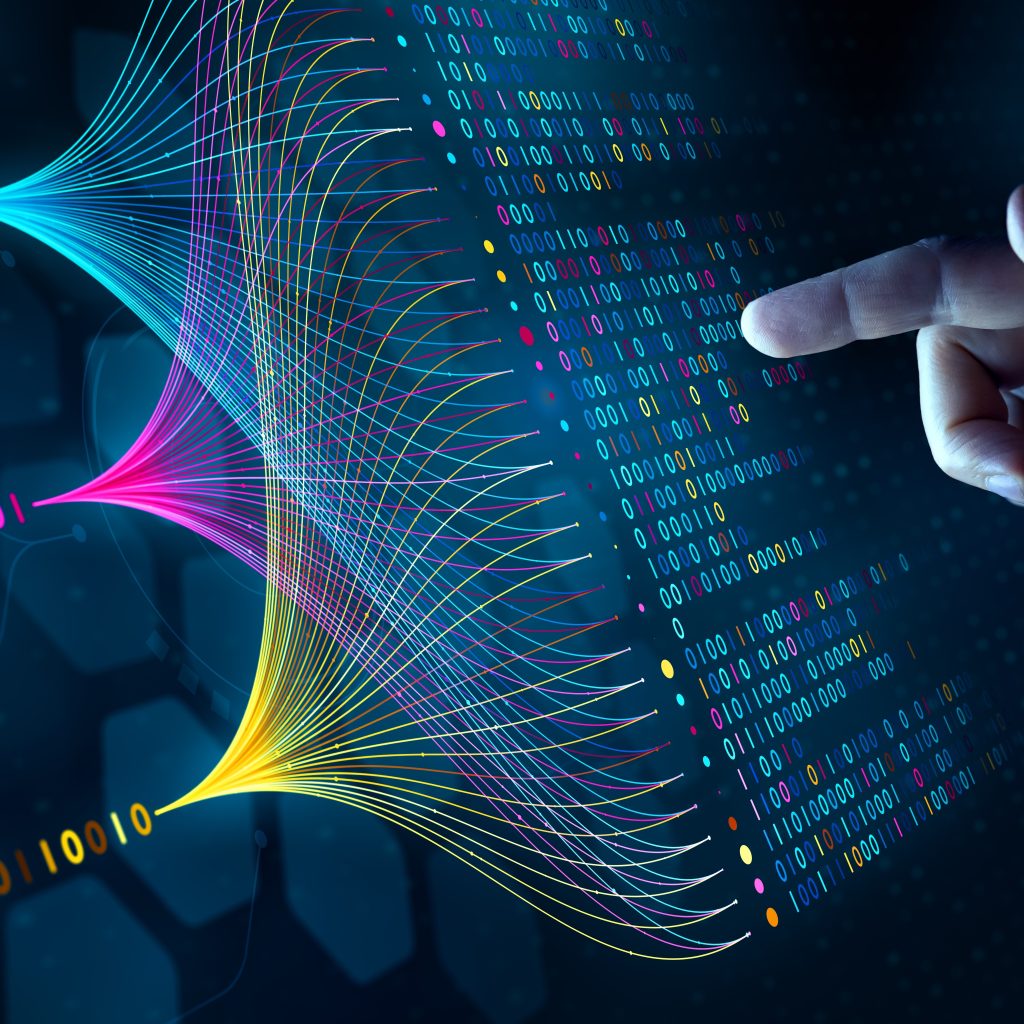As concerns loom about ChatGPT’s potential to disrupt traditional university teaching, the need to harness AI’s vast potential in higher education becomes increasingly apparent. While questions arise about the role of AI in universities, educators should not disregard the transformative possibilities it presents. From AI-driven tutoring to data-driven insights, artificial intelligence holds promise in elevating student learning experiences. But, its effective integration requires a nuanced understanding of AI’s multifaceted impacts and a commitment to embracing innovation while addressing ethical concerns.
The complex terrain of AI integration
The ongoing discourse on the role of AI in higher education often oscillates between complete adoption and steadfast resistance to technological change. But, the true challenge lies in understanding the intricate web of factors surrounding AI’s integration into academia. Beyond the oversimplified categorization of technology as either beneficial or harmful, universities grapple with the complex task of evaluating AI’s impact on psychological, social, cultural, economic, and political aspects of education.
Stephanie Marshall, Vice-Principal responsible for education oversight at Queen Mary University of London, acknowledges that addressing the challenges posed by AI may take time, possibly a decade. While the timeline might vary, it is undeniable that many universities find themselves unprepared for the rapid influx of AI into education. This raises the importance of reflecting not only on the potential benefits of AI but also on the ethical considerations it brings to the forefront.
Embracing interdisciplinary solutions
One concern surrounding AI’s integration into higher education is the lack of clarity regarding what is gained or lost in this transition. Nevertheless, there is a consensus that graduating students must possess the skills to engage creatively and intelligently with the evolving technological landscape. Achieving this goal necessitates students to attain a level of proficiency with various technological tools and a deep understanding of the broader implications of AI on individuals and society. To address these challenges, universities must employ appropriate scaffolding approaches in both teaching and research.
Universities can explore several practical approaches to bridge this gap. They can offer optional courses that equip students with the technical literacy needed for coding, ensuring that these skills are accessible to a wide range of students, not limited to a privileged few. Adopting an interdisciplinary approach becomes imperative. Involving humanities and social sciences is crucial, as ethicists, lawyers, policy experts, and others can contribute their perspectives to the discourse. This multidisciplinary approach goes beyond the roles of designers and users; it aligns with the vision of a well-informed society.
Elevating student skills with AI
If universities choose to routinely employ AI as tutors, they must consider its potential impact on students’ analytical, imaginative, and interpretive capacities. The objective should be to enhance these skills through AI rather than rendering them obsolete. This necessitates an interdisciplinary and scaffolded approach to leverage the higher-level skills AI can offer.
While concerns persist about the role of AI in higher education, it is essential not to overlook the substantial potential it holds to enhance student skills and experiences. The integration of AI demands a nuanced understanding of its multifaceted impacts and a commitment to interdisciplinary collaboration. By harnessing AI’s capabilities responsibly, universities can prepare students for a technologically advanced future while preserving the essence of a well-rounded education. AI should be viewed as a tool to refine our vision of the society we aspire to create, and universities must strive to embrace diverse ways of learning and thinking, rather than merely seeking shortcuts to an easier working life.





